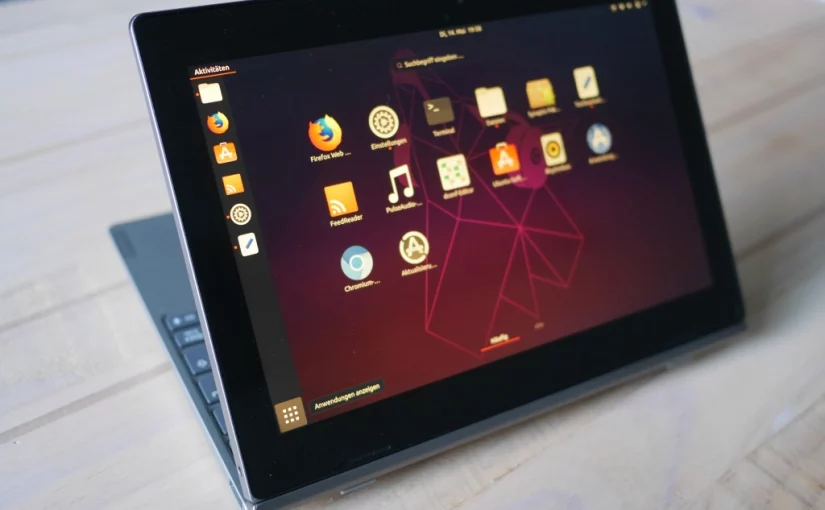One major grief for me when surfing on Android are ads. They not only increase page size and loading time, but also take away precious screen estate.
Unfortunately the native Android browser, which nowadays is Chrome, does not support extensions and hence there is no ad-blocker.
Therefore I was quite optimistic when Google announced they will be enforcing the betterads standards with Chrome – aka ad-blocking light.
However after having used Chrome only showing “betterads”, I must say that they are far away from what is tolerable to me.
I am more in line with the Acceptable Ads criteria. (My site also keeps to them – if you choose to disable ad-blocking here)
As someone who has to pay for hosting I fully understand that Ads are part of the game – but lets face it; as long as annoying ads get you more money, there will be annoying ads. Ad-blockers are a very effective way to let money speak here..
So I needed an adblock-capable browser on Android. Fortunately Mozilla greatly improved Firefox performance with their Quantum incentive. Or maybe modern Smartphones just got a lot faster. Anyway.. a recent Firefox virtually performs the same as Chrome on Android and thus is a viable alternative.
As of recently there is also Microsoft Edge for Android, but actually it does not gain an edge over anything. So lets stick with open source software.
With switching to Firefox on Android one should switch to Firefox on Desktop as well, so you get sync across devices.
On Linux
Unfortunately Firefox has bad default settings on Linux.
For one – unlike Chrome – it does not use client side decorations by default, and thus wastes space in the title bar. But this is easy to fix.
Then it still uses the slow software rendering path. To make it use the GPU, visit about:config and set the following properties to true
layers.acceleration.force-enabled enable OpenGL based compositing which for smooth scrolling. (enabled by default on OSX, Windows)layers.omtp.enabled (OMTP) further improve performance when scrolling. (enabled by default on OSX, Windows)gfx.webrender.all enable the new Servo based compositing which for smooth scrolling. (enabled by default on OSX, Windows)
They default to false due to issues on some obscure Mesa/ Xorg combinations, but generally work well for me with Nvidia drivers.
To try out whether the settings indeed increase performance, try running https://browserbench.org/MotionMark/ before and after.
Note that, there is also gfx.webrender.all to enable the new Servo based compositor which is significantly faster (250%). However, it also does have significant issues with Nvidia proprietary drivers, so better leave it off for now.
Additionally, if you use a touch-pad or touch-screen, you should add the following environment variable:
echo "export MOZ_USE_XINPUT2=1" >> ~/.profile
this will make Firefox correctly handle touch events instead of translating them to mouse wheel scrolling. This way you get pixel perfect scrolling on touch-pads and it is a prerequisite for drag to scroll on touch-screens.
On Android
On Android Firefox generally has sane defaults. The only setting missing here to bring it on par with Chrome are the Encrypted Media Extensions. For this again visit about:config and create the following property and set it to true
Still you will need some time to adapt to Firefox; e.g. there is no pull to refresh. However there are other bonus points besides adblocking; for me the synchronized tabs sidebar (on desktop) has proven to be an invaluable usability improvement.
